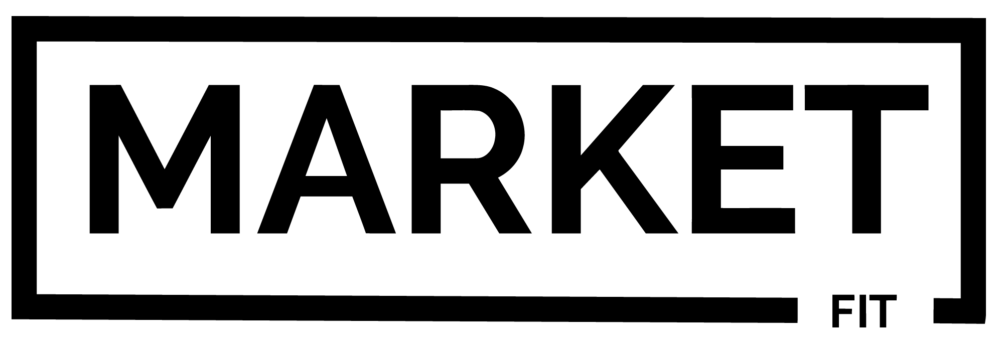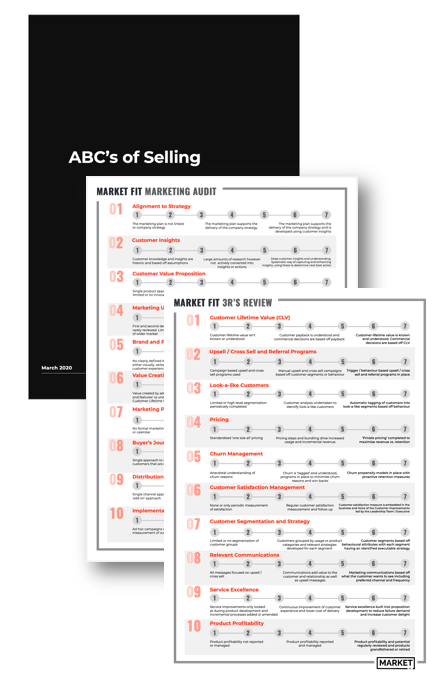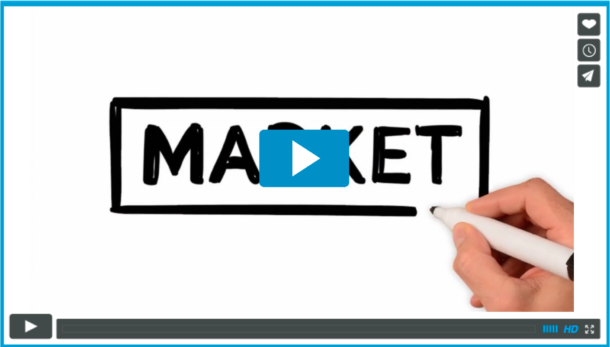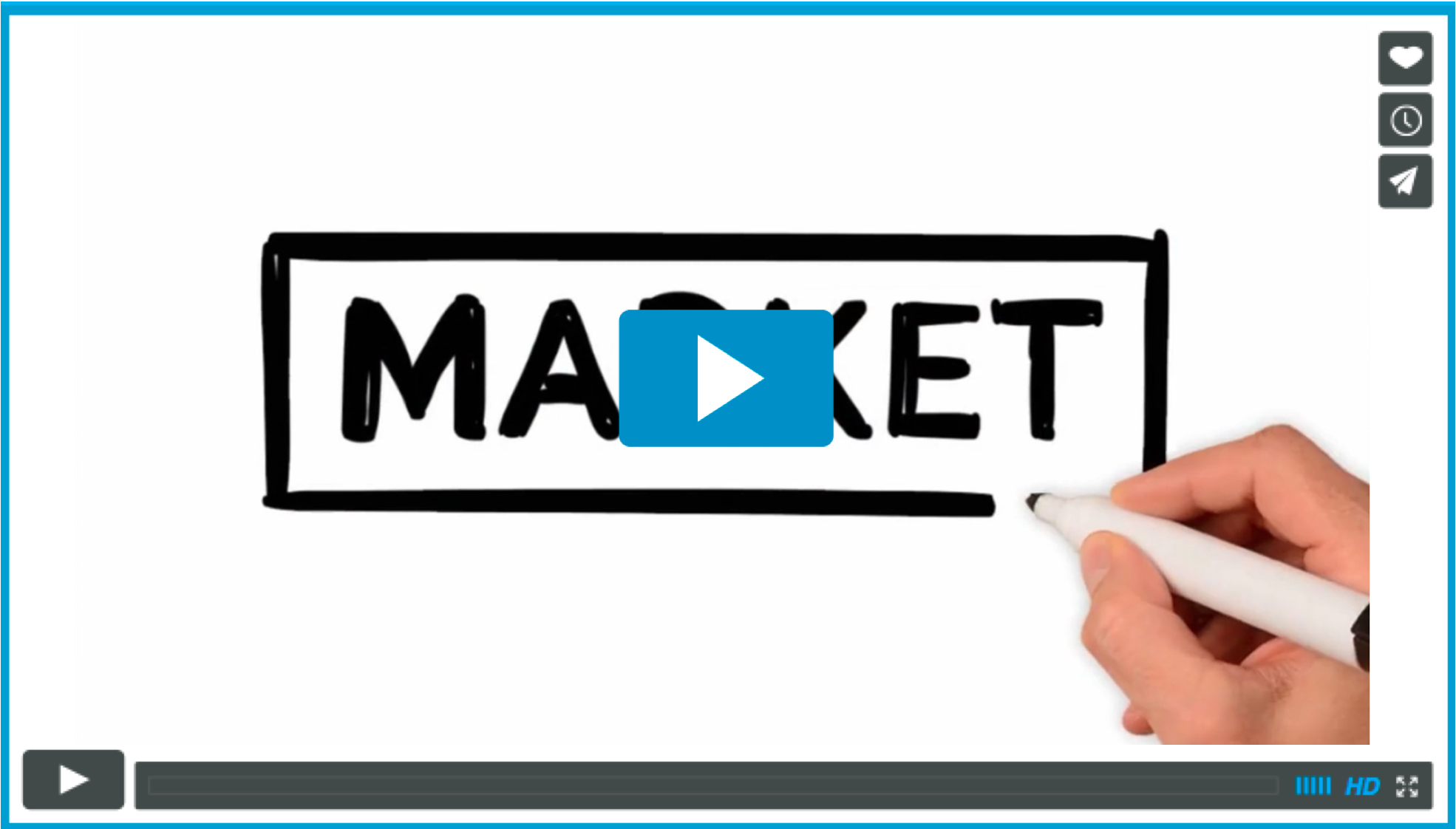This week’s blog is brought to you courtesy of something we all understand – tech failure.
A VPN crash this week took my beloved Netflix US away and dropped me back a decade or two; back to a world dominated by terrestrial TV. Terrified by this strange and unknown land (and ignoring the chance to do something more useful) I instead ran headlong into the comforting arms of Freeview…
And that’s where I found the inspiration for this week’s piece – the Fair Go 2015 ad awards.
As a long time driver (and consumer) of both advertising and marketing these awards had always been compulsory viewing, a marketers’ version of appointment TV. Somehow along the way I’d lost track of them – stumbling upon them through the badlands of Freeview was a happy and welcome outcome.
So it was a rude shock to realise I’d only seen two of the seven ads. Even worse, while I appreciated the craft behind them, and the way they were telling a story, I couldn’t help but feel they were just, well, a little irrelevant. Or as one of the original and legendary Mad Men Howard Luck Gossage put it – “Nobody reads ads, people read what interests them, and sometimes it’s an ad”.
Once upon a time TV was the ideal medium for interruptive advertising. Nowadays you only get to relive that time when your VPN (or Netflix) crashes. Instead, people are moving away from TV, taking far less notice of what is on. We’re now in a multi-tasking world, and consumers’ behaviour is changing accordingly – according to the WSJD Live Conference the average American now squeezes over 31 hours of activity into a 24 hour day. It naturally follows that when they do watch TV they are far less engaged.
And that’s before we factor in other issues like the rise of multi-screening… just how much cut through do you realistically have? Harvard Business School professor Thales Teixeira thinks he knows – he compared TV ad consumption from the period 1988 through 1991 with commensurate numbers for 2012. From almost 100% of ads being viewed twenty five years ago, now less than 20% even receive the courtesy of an eyeball.
The day after my Back to the Future ad land moment I spent time discussing this with my good friend and colleague JJ. She correctly reminded me that brand advertising has always been about engaging the customer around who your business is, why it exists, and why they should care. These are truisms from the dawn of time, and nothing about them has changed. But what has changed is the way they are delivered – it is now digital that creates the opportunity to deliver these messages to customers “in the moment”. And it does it far more effectively than TV can ever hope to. Digital is now present in almost every facet of a consumer’s life – the opportunities this delivers for a marketing strategy and brand storytelling focussed on creating content driven by consumer conversations and needs are enormous.
Landor Associates M.D Dominic Walsh recently captured this opportunity well – “There was a time when brand building was just putting a lot of money in media and putting messages out. Organisations have gotten more sophisticated now around how they execute it so there is a lot more activity internally focused now. Clients are more likely to invest in things like innovation rather than just mainstream brand building from a communications perspective.“
Digital has created an age of transparency. Now more than ever it is vital to do things right, rather than aim for big (and sometimes useless) noise. Regular readers of this blog will have heard this before from me… marketing starts with solving customers’ problems, and a brand is judged more on what it does rather than what is says it does.
To do this you need to understand the need or problem, understand how the customer considers going about solving it (more often than not via the internet) – and at that point you need to be present with your solution. At the extreme, the time elapsed from brand discovery to brand purchase can now be measured in minutes, assuming that brand is solving the customer problem. Go all the way back to my VPN crash and my dalliance with retro ad land – you can see those messages are engaged in an old world competition for mind share. And here’s where this blog starts to pull together… is this sort of marketing relevant anymore, in a world where consumer decisions are made in digital minutes and no longer driven by a brand muscle memory embedded over days, weeks, or years?
So yes – this shift from telling to innovating represents a big challenge for marketers. It’s no surprise a recent Adobe Digital Marketing Survey has 76% of respondents thinking marketing has changed more in the last two years than the past fifty (with fully 78% expecting this fundamental shift to continue for at least another five years). But as always, dramatic change also represents dramatic opportunity – and it’s here that the interesting, interested, and – above all – engaged – marketers are now gathered.
Finally, I will leave you with a mantra that we had at Vodafone in the day that is as important now as it was then ‘A brand is what a brand does’.
KS
PS: As a bonus lets see how far we have evolved as marketers, here is a peak at the crudest ads from the 20th Century (suitable for work)




